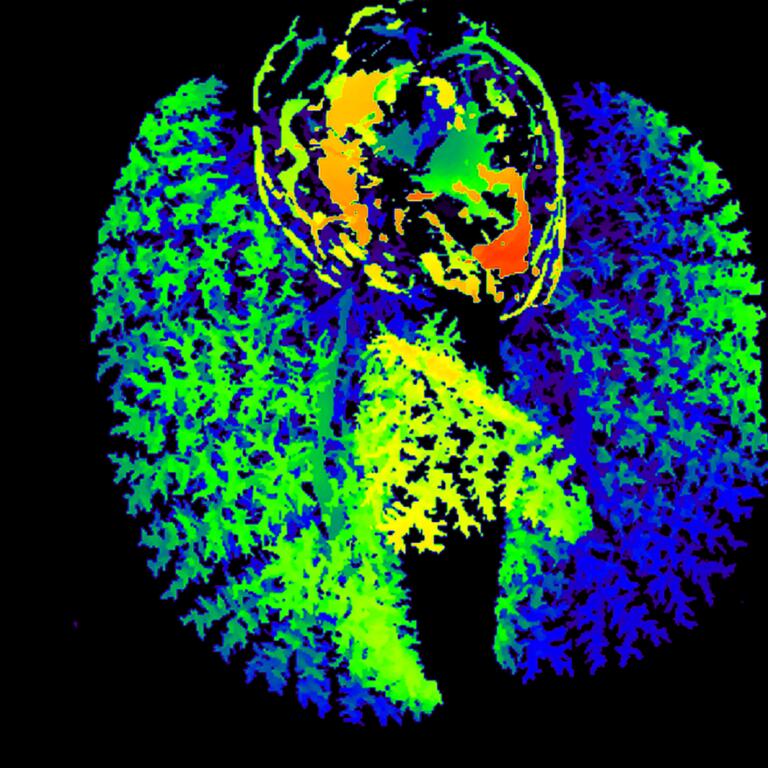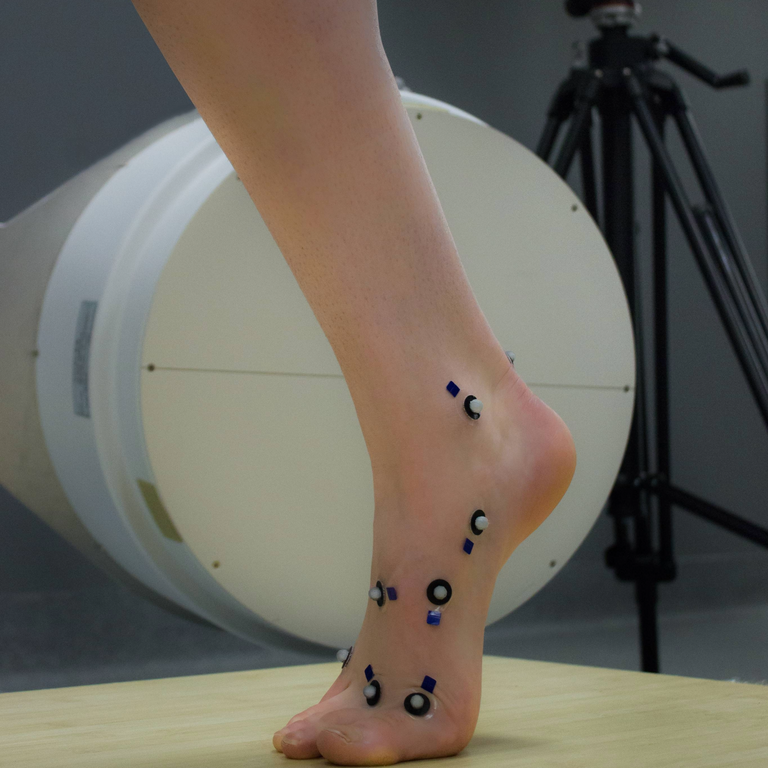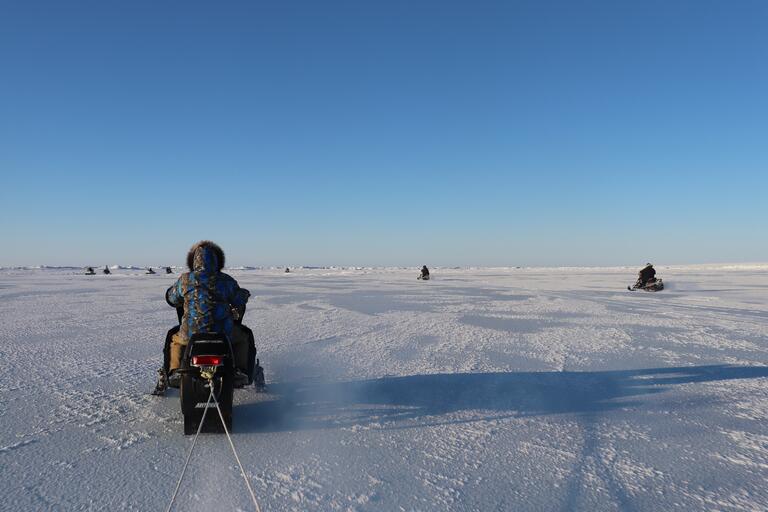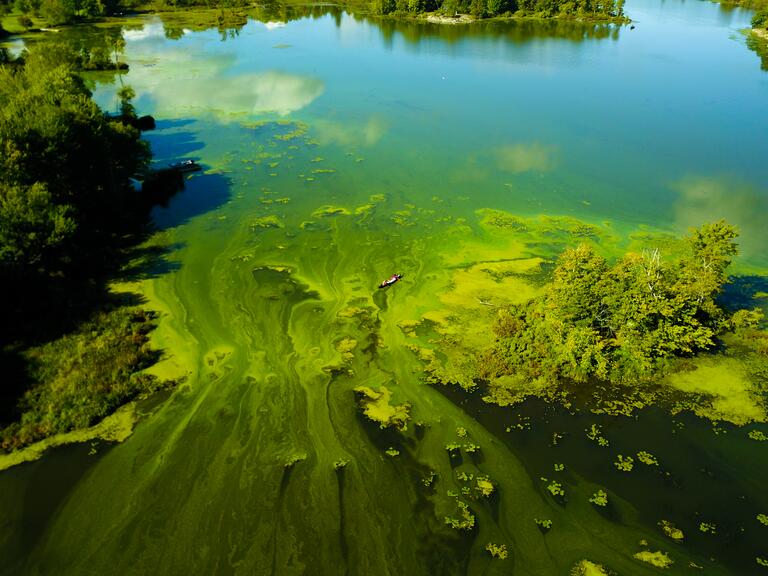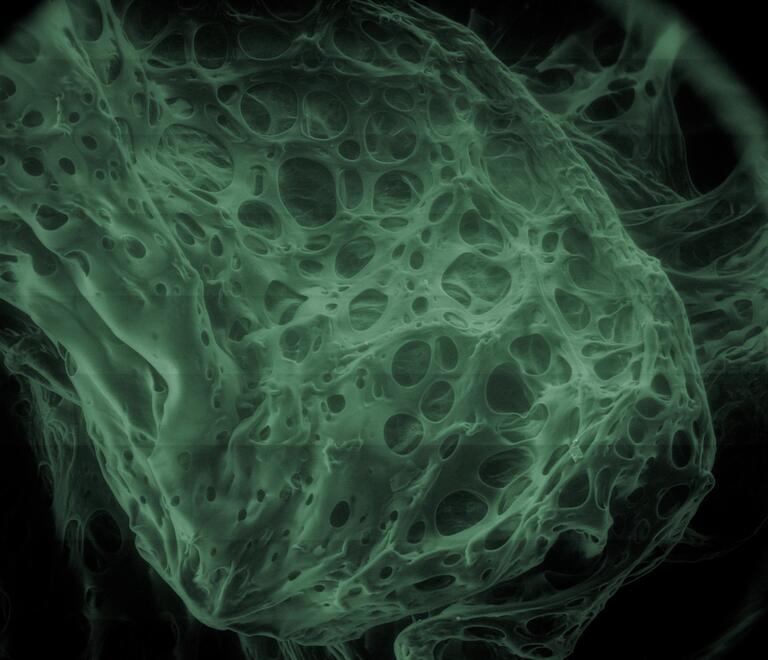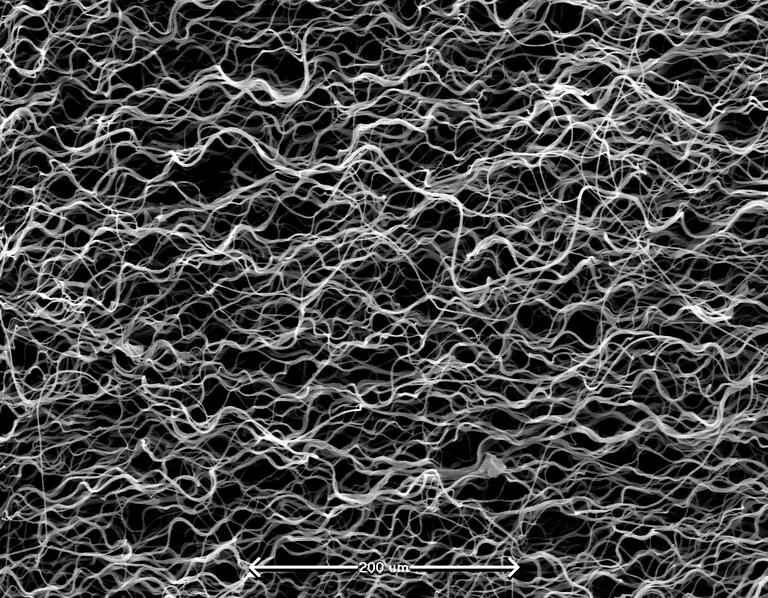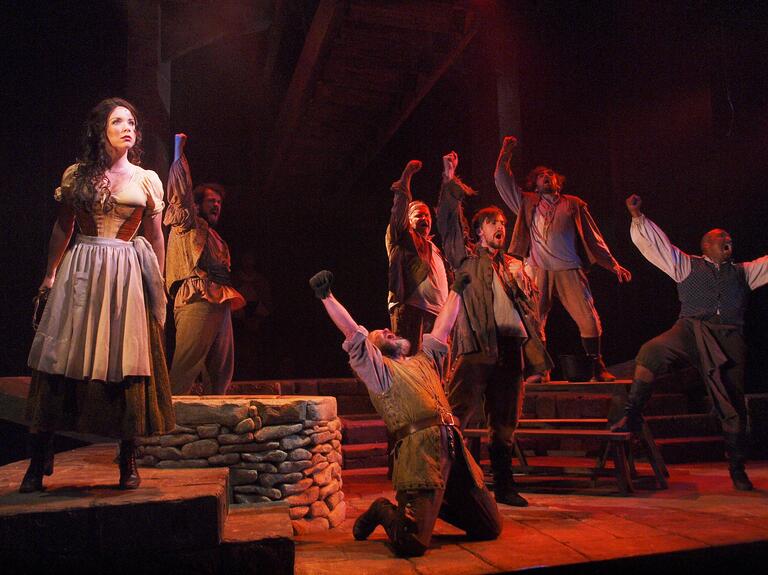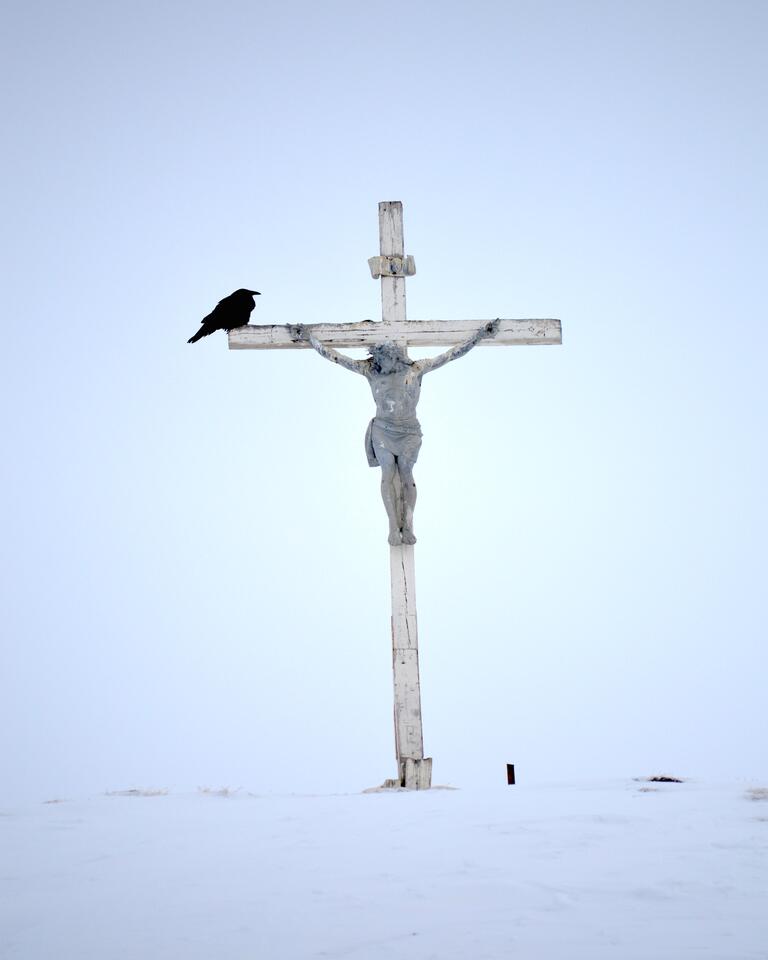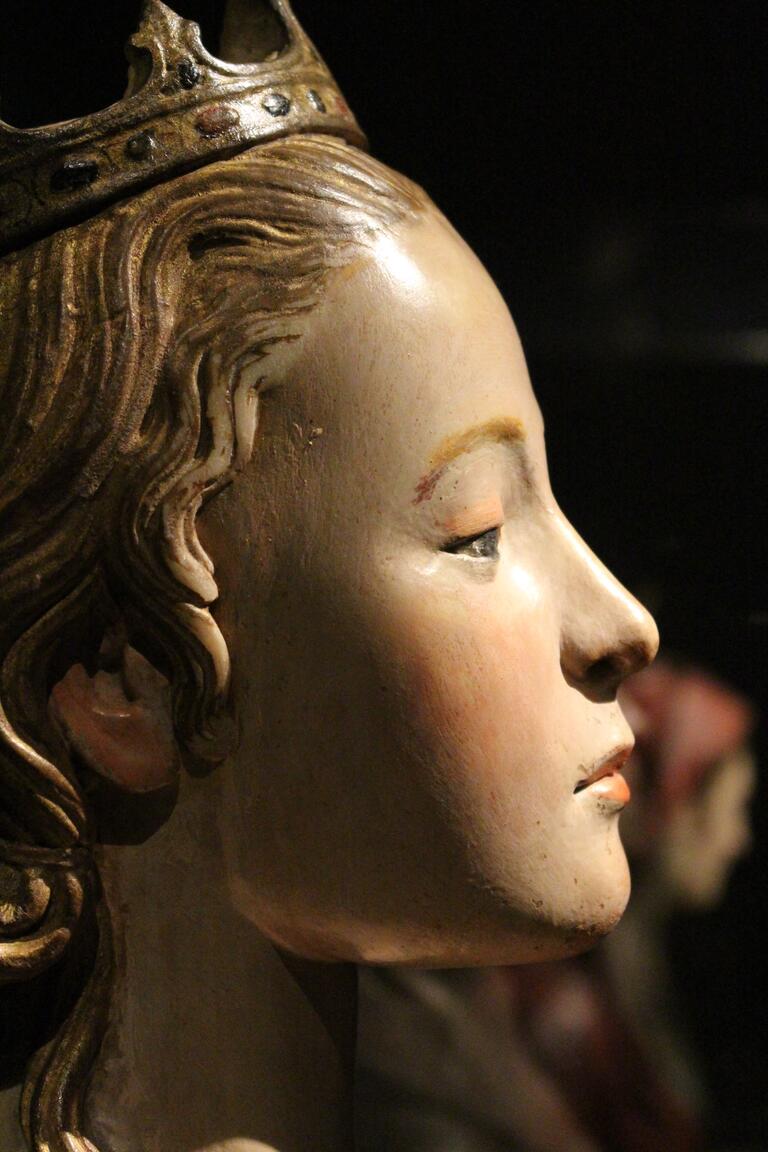The Art of Research photo contest is aimed at providing a creative and accessible method of sharing the ground-breaking research being done by Queen’s community members and celebrating the global and social impact of this work.
The 2023 contest looked at research through the lens of the United Nations’ Sustainable Development Goals (SDG), a universal call to action. Universities are some of the world’s most powerful engines for driving positive social impact. By showcasing our research contributions to the SDGs, we emphasize our commitment to ensuring Queen’s is focused on these global goals – the hallmarks of which are community, sustainability, innovation, equity, and internationalization efforts.
2023 Winners






2022 Winners






2020 Winners










2019 Winners








2018 Winners





2017 Winners








2016 Winners

















